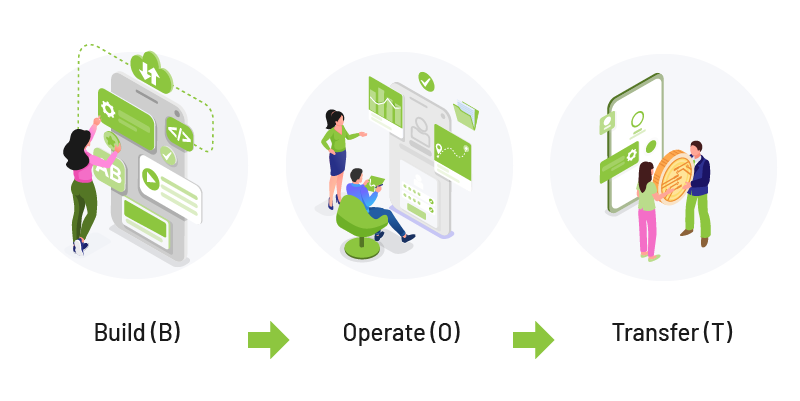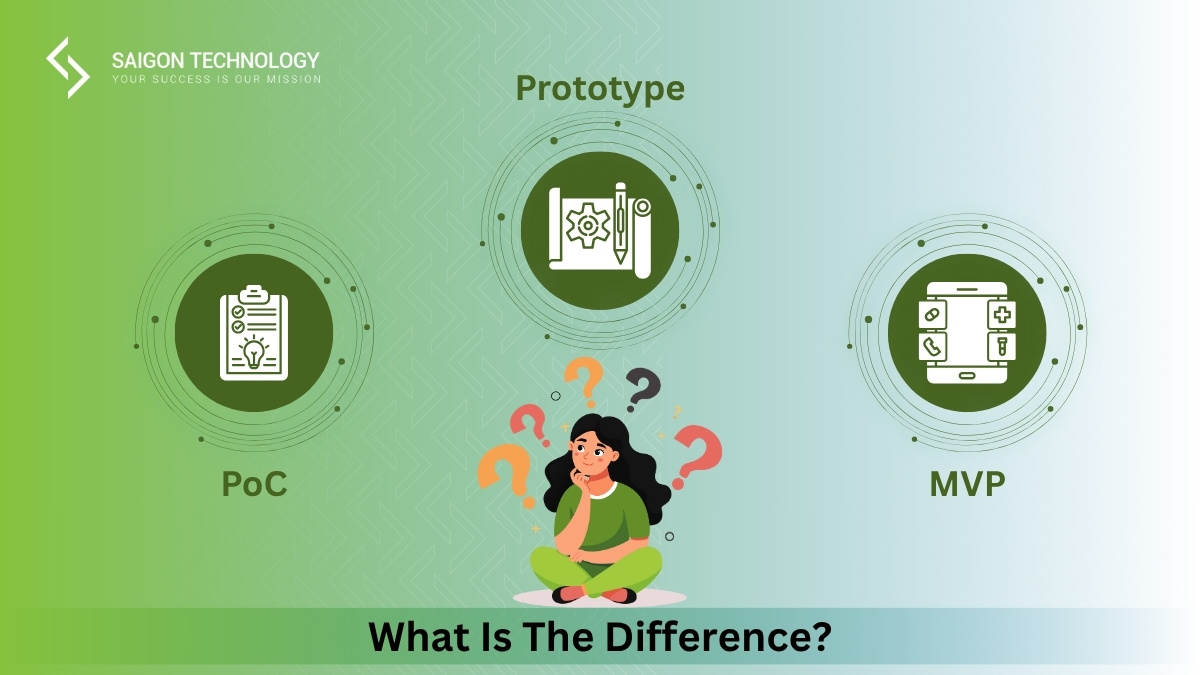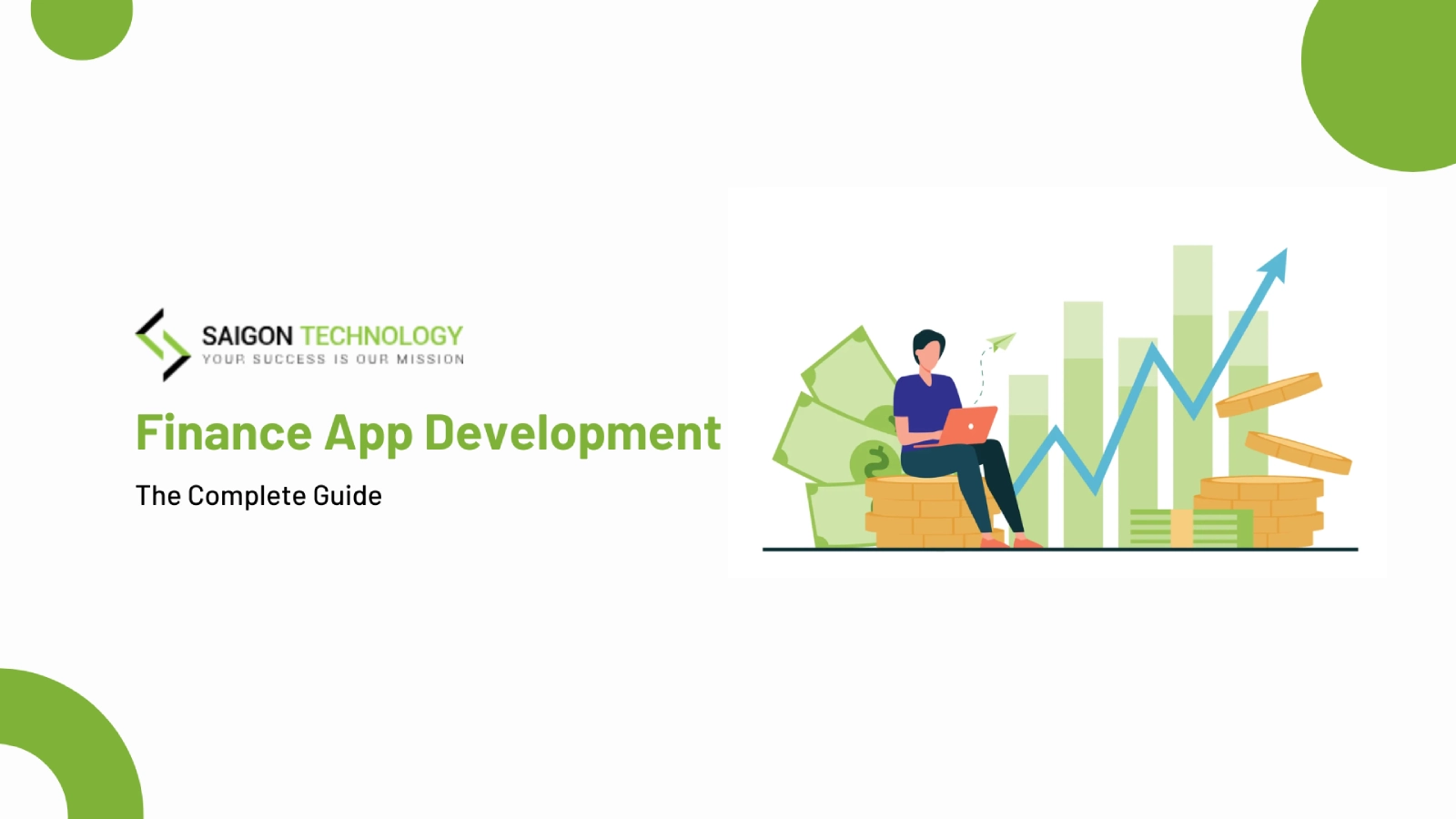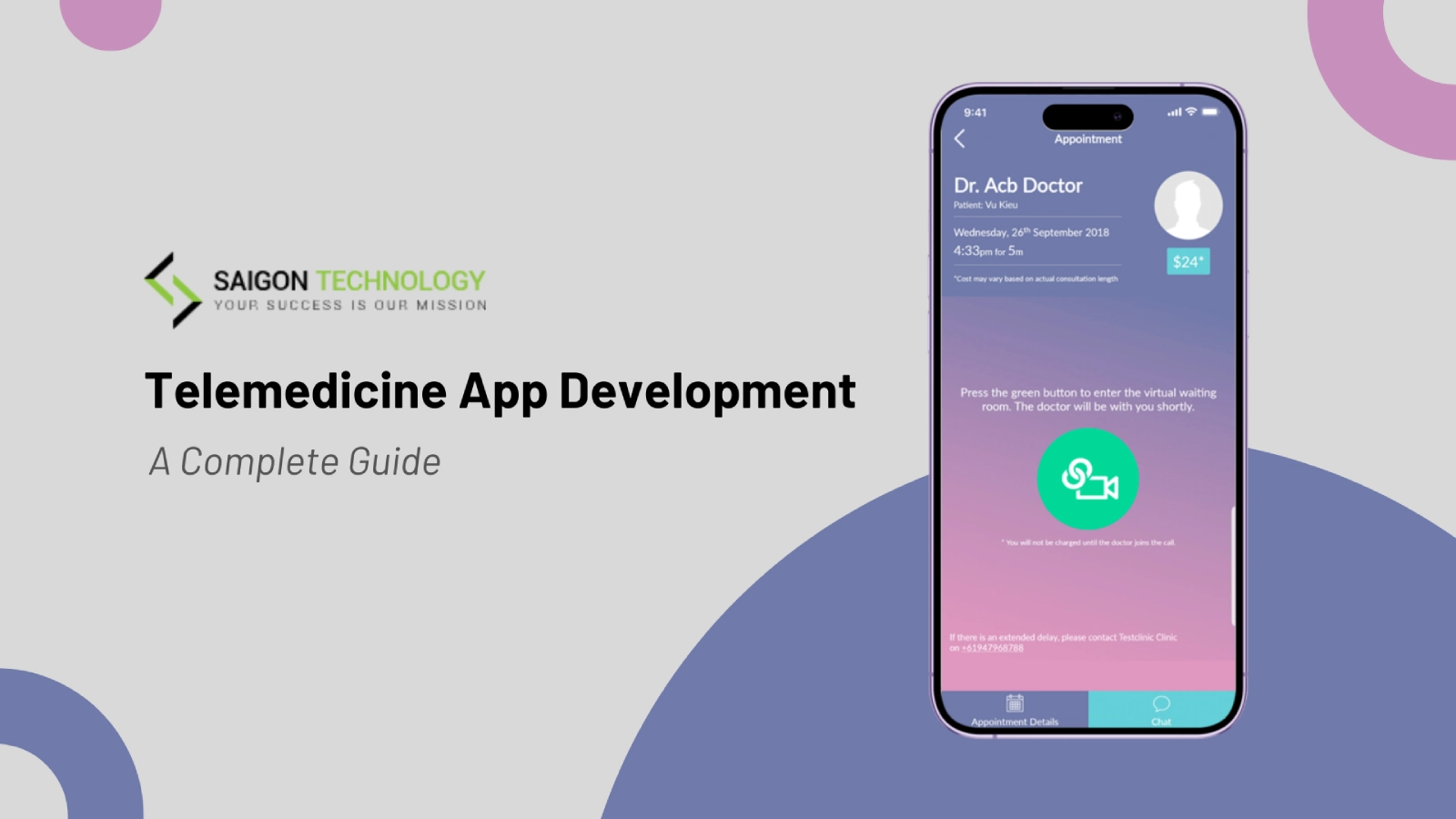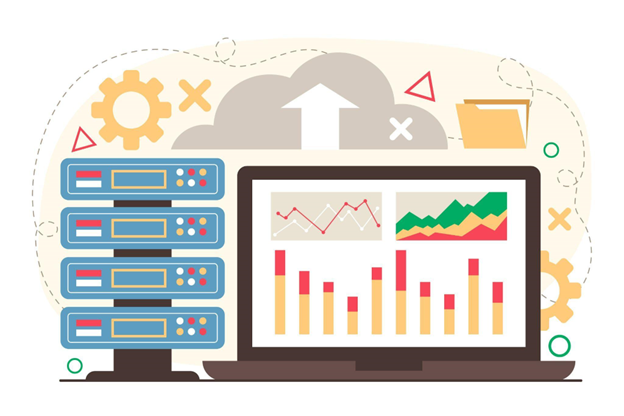For tech consulting companies, service providers, agencies, and so on, deciding to go down the path of IT software outsourcing is a strategy geared towards saving costs but not compromising quality. Unfortunately, there is still a caveat as finding a reliable, adaptable, and flexible outsourcing partner – one that fits pre-existing processes without overlapping – is a huge challenge.
As a result, some companies look towards implementing an efficient and simple BOT (Build, Operate, Transfer) model in software development outsourcing. This enables partners to manage and build an outsourced unit.
Build-Operate-Transfer Model In Software Outsourcing
The software outsourcing build operate transfer (BOT) model is defined by Gartner* as “a contractual relationship in which an organization hires a service provider to set up, optimize, and run an IT or business process service delivery operation with the contractually stipulated intent of transferring the operation to the organization as a captive center. BOT, as a hybrid model, combines elements of the “build” option (that is, “insourcing” or captive center) and the “buy” option (that is, outsourcing).”
The build-operate-transfer model in software outsourcing, or simply BOT, is often associated with financing projects, private-public partnerships, as well as infrastructure. However, in this case, we will focus mainly on it being an outsourcing model. There are more common outsourcing models, such as co-sourcing or staff leasing, comprehensive sourcing, and facilities outsourcing, which are often starting points when diving into operating the offshore operations. As soon as the company is ready to take over and fully operate the entity that was once being managed by the partner, then they may do so at any time they have made the decision. When that time comes, the entire operation under the partner will then be transferred from the partner to the owner company.
For the companies that prefer to proceed with the build-operate-transfer model in software outsourcing, they often have a vision or a plan to operate and own their own organization, which is often in a foreign country. However, this means that they would want to strengthen their capabilities first and tackle or mitigate the oft-found risks that newbies have during the start-up stage. Thus, there is a need for such a company to undertake a contract with a possible outsourcing company to help aid in building shared services or offshore software development, which it can operate for a set period.
Often, the software outsourcing build-operate transfer model aids until the team is adapted to the company’s methodologies, processes, and tools before taking full control of the team.
Learn more: Software Outsourcing Company in Vietnam
Phases of The BOT Model
The build-operate-transfer model in software outsourcing follows the main phases: build, operate, and transfer. These phases are done as the unit evolves and grows, and prepares for the company to take over.
1/ Build:
In this phase, there is much activity concerning the setting up of the operation unit. This encompasses everything ranging from selecting the buildings, setting up and installing infrastructures such as IT devices, the Internet, and computers, among other things. This is also the phase where staff employment happens, as well as setting up the legal framework and putting together an administration.
By this time, the company should have already specified the desired offshore country, among other things.
2/ Operate:
During the operating phase, this is where management of the project occurs. This includes the development of the projects or products, management, enhancements, maintenance, and product support.
In addition, there is much team coaching and personnel development that happens until the ideal level of business maturity and technical capacity of the team has been reached. More often than not, there is always a stipulated length of time that this phase encompasses.
3/ Transfer:
During the transfer phase, the final transfer of project ownership is done from the partner to the client. However, this happens only when the client has declared that it is ready to fully take control of the project, or when the contract has expired. When this happens, the client acquires a new offshore subsidiary, a transfer of assets, and a handover operation.
The transfer phase may sometimes come earlier than the contractual period, which is when the company decides that it is ready, and thus buys the entire operation. However, there are also some instances where the phase occurs later due to several possible reasons.
Build-Operate-Transfer Software Outsourcing: Reasons To Consider
With the many options that customers have when it comes to outsourcing, here are a few reasons why going for the build-operate-transfer model in software outsourcing is ideal.
1/ Saves money and time
As entrepreneurs, time is money. Sometimes you forget to value your own time, which means that every hour put into work holds value, and that is worth money. To put it simply, it might take you 8 hours to understand and figure out how things work, while someone else can be paid to complete the job in just an hour. By doing so, you are actually saving money since the time you have not spent trying to figure things out can be put into your business and do something worthwhile.
It might be a switch in thinking, but it is important to understand that. The build-operate-transfer model is a rather smart way of outsourcing, which effectively saves time and money by providing more short-term and long-term cost savings. This, in turn, helps minimize the cost over a period of time.
2/ No man is alone
Despite the fact that the hashtag #superCEO sounds cool, it really is not possible. The truth is, CEOs cannot do everything. It is simply impossible to be in many places all at once, and do everything for everyone, at every time.
Perhaps it is still possible to take on a lot, but at the end of the day, there are some things that even the super CEO wants to put off or does not like to do. When it comes to that, then it would be best to outsource it. Outsourcing the work helps in saving time, which opens up more time to do income-generating things or the other “everything” stuff that needs to be done.
3/ Lowers stress levels
Admittedly, there are a lot of things that entrepreneurs or CEOs need to do for their business. This, in turn, increases stress levels. This hints back at point #2 that even the most super CEOs do need some help.
Through the software outsourcing build-operate-transfer model, entrepreneurs or CEOs get to have a little bit of magic for their business. This helps in decreasing stress levels as a helping hand is provided for the business. That way, business targets are hit on time and often on a budget.
Although outsourcing can still be a bit stressful at the start, once a rhythm or habit is adopted, then the stress levels go down.
4/ Experienced partners
A lot of companies or entrepreneurs prefer to go into the software outsourcing build-operate-transfer model since it helps reap several benefits of having on hand an experienced partner. These experienced partners are able to manage, set up, and administer operations for them while minimizing risks – especially when venturing into a new country or testing out a new market. Clearly, it is a win-win arrangement.
BOT Model Benefits
A well-followed software outsourcing build operate transfer model has a number of benefits. It goes without saying that there are still some points to consider, but for most, the benefits are more important than the challenges.
1/ Helps put the product on the market faster
This is a common benefit of the BOT model, as it means having resources in a different time zone or location. The model helps in bringing the product to the market faster since it would seem to have an almost 24/7 process cycle, which depends on the difference as well. However, it does ensure that development is continuous, and not much time in the day is wasted.
2/Cost-saving and profitable
Businesses are all about saving money rather than spending it. This is why the software outsourcing build-operate-transfer model often emphasizes hugely the fact that it helps cut costs in any way it possibly can.
In most cases, the model helps save costs as much as 60% of the usual cost since the project and the team are owned, managed, and operated by an offshore group. The money saved can then be used to help enrich and develop the company’s employees. It could also be used as an investment or for employing more talented resources.
3/ Minimizing risks
Among the other benefits of the software outsourcing BOT model is minimizing risks. Sure, there are always risks, and since each country does have problems at some point or another, the BOT model helps lower the risk of being in a different country by potentially diversifying investment for its investors.
Risk is also minimized since, more often than not, the partner already understands the conditions of the country in which it operates. As a result, they are already often prepared for possible problems that could happen during the time it takes to set up the team.
4/ Logistics
The entrepreneur is able to create a subsidiary without worrying about the logistical planning as well as the setup of the offshore office. This includes the team of employees is all under the control of the partner. All of this comes with minimal effort as well as a small fee in terms of upfront investments.
In addition, local geographical knowledge is also leveraged through the partner. This is immensely helpful when establishing a presence as an offshore subsidiary. More often than not, the partners already have knowledge and relationships that other companies do not have internally. Through their partners, companies need not spend so much time learning the local intricacies, especially when it comes to hiring, finding office space, and other things.
5/ Ready resources
Once the transfer is started, the team of resources is already trained and adapted. They are ready to go. The company can simply time the resources as well as the eventual transfer once the resources are ready, often based on goals being met as well as quality metrics.
6/ Rapid scaling
Through the BOT model, companies can have rapid scaling of operations through an expanded array of service offerings, which in turn fills up gaps in the business model. This is mainly due to the free time that the company acquires as the partner takes care of other matters, leaving more room to brainstorm for rapid scaling.
7/ New technologies
Having an already knowledgeable team enables companies to easily ramp up or ramp down quickly, as well as introduce newer technologies. Having new technologies to play with is also an added perk that often engages and retains the team members in the group.
With the added input of experienced resources, there is a bigger idea pool that can help boost development in the right direction, without having the CEO or company manually explore and learn about new things. Instead, they can simply receive feedback or ideas, or let the team grow as needed – if they are given enough freedom to do so.
With all that being said, some companies still have a challenge in promoting the idea of having corporate subsidiaries somewhere else, outside their corporate office. However, the build-operate-transfer model is designed to allow these companies to reach out to vendors and enable them to establish an offshore team as well as the environment. Over time, they are able to assume control plus ownership of the setup.
It is through this scenario that companies are able to get the full value of their partners. At the same time, they have a plan that keeps the business operations and knowledge in-house as if it were part of the same company. Being given more time, the company can then focus on developing and enhancing its core business. The partner can oversee the development and the offshore operation and get things done before the transfer of ownership.
With 12 years working with Build Operate Transfer (BOT), Saigon Technology is definitely an expert on the model.
- As a leading Vietnam software development outsourcing company at Saigon Technology, we dedicate ourselves to your success by following our philosophy: Your success is our mission.

